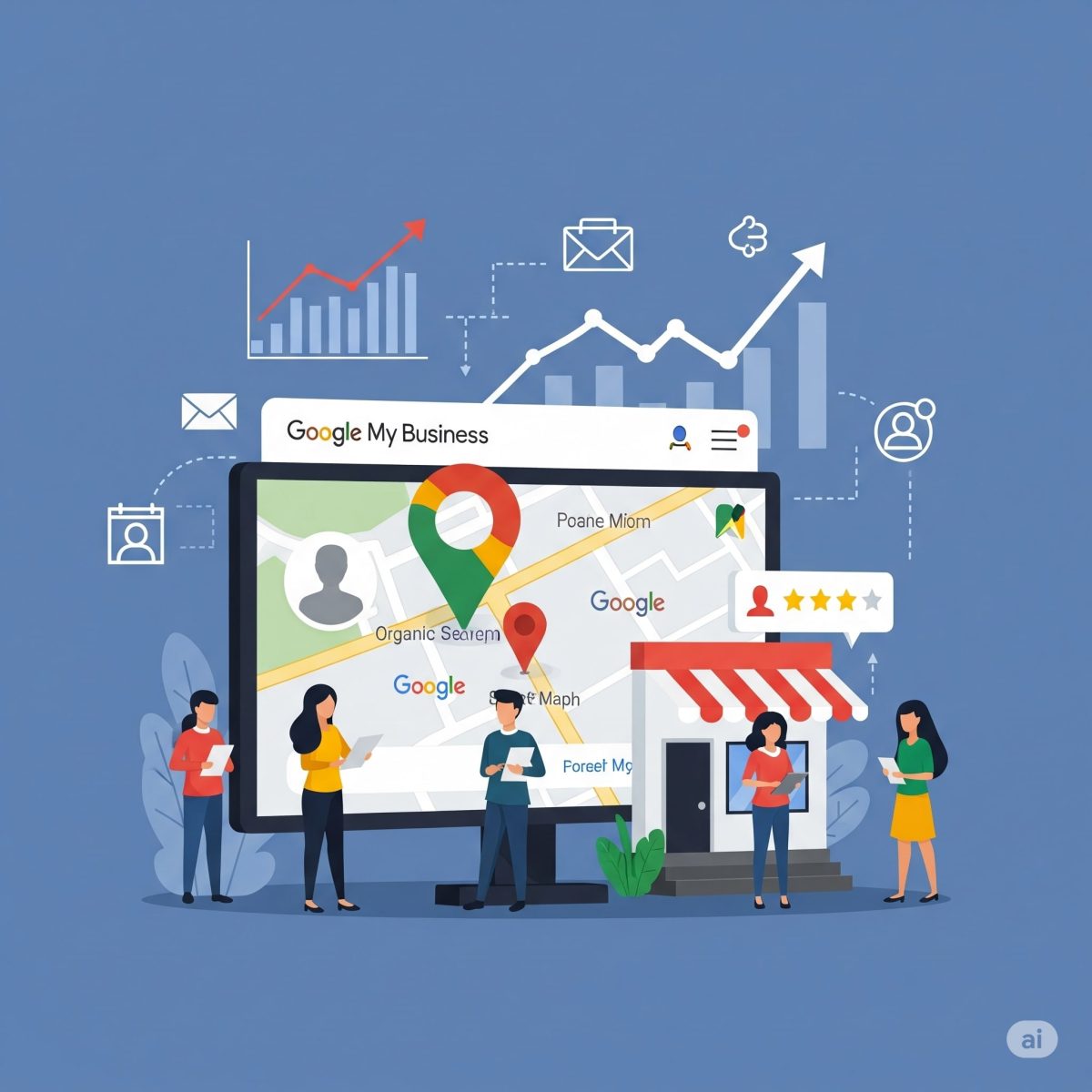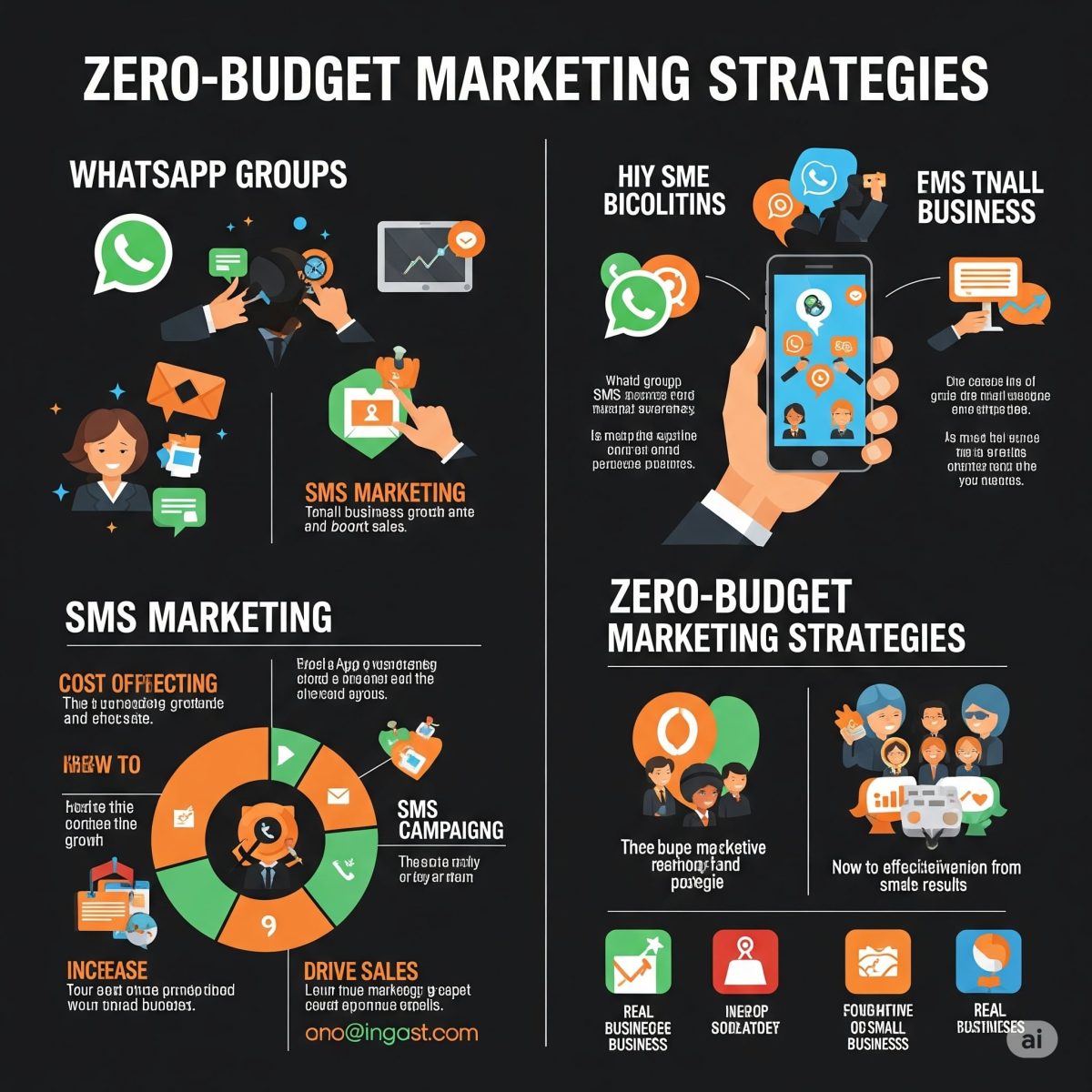In today’s digital era, education is changing rapidly. The easy availability of the Internet and the advancement of technology have completely reshaped the ways of studying. Now education is not limited to just school, college or coaching centers.
If you have good knowledge in any subject, whether it is academic, skill based or related to health and fitness, then you can start a successful online coaching business from home. The most special thing about it is that it can be started at a low cost and you can reach thousands of students across the country. In this article, we will learn in detail how to start an online coaching business in India.
You May Read Also:
How Entrepreneurship Education Makes You Future Ready Entrepreneurs
-
NICHE AND TARGET AUDIENCE
The most important step while starting an online coaching business is to choose the right subject and target audience. After you have a good grasp on the subject, you must first decide what kind of students or people it will be useful for.
- If you want to prepare for competitive exams like UPSC, SSC or banking, then your main focus will be on college graduates who are preparing for government jobs.
- If you want to teach school subjects like Math, Science or English, then your audience will be students from class 6 to 12 who are preparing for board exams or other entrance exams.
- If you want to teach health-related courses like yoga, fitness or dance, then your customers will be people who are health conscious, such as housewives, working professionals or elderly people who want to stay fit at home.
- If you want to teach digital skills like SEO, graphic designing, digital marketing, then your audience will be college students and young professionals who want to get freelancing or better job opportunities through these skills.
You May Read Also:
Entrepreneurship Course Introduced in Delhi Govt Schools, Students to Get Business Lessons
In this way, every subject has its own specific target group. When you identify the right audience according to your subject, not only your coaching becomes more effective, but your entire strategy from marketing to content delivery becomes more clear and effective.
-
CONTENT PLANNING
The success of your coaching business depends on how good and effective content you are able to provide to the students. The quality of the content is the foundation on which your brand stands. For this, you have to prepare some important things.
- Prepare video lectures in which your voice is clear and the lighting is good so that the students can watch and listen carefully.
- PDF notes and presentations should also be in clean and easy language so that there is no problem in reading.
- Quizzes and assignments give students a chance to practice regularly, which strengthens their understanding.
- Keep live Q&A or doubt sessions so that students feel connected with you and can share their problems openly.
You May Read Also:
3 Budget Friendly Hacks to Grow Your Business Online
Some digital tools can help you in all these preparations. For example, with the help of Canva, you can design beautiful and professional notes or slides. You can use Zoom for video recording or live classes. At the same time, with tools like Google Docs and Slides, you can easily create and share online notes and assignments. All of these tools combine to make your content more professional and effective, allowing your online coaching business to grow.
-
PLATFORM
The most important decision when starting an online coaching business is choosing the right platform. It not only determines the reach of your content but also the experience students get.
- If you want to conduct live classes, video conferencing tools like Zoom and Google Meet are great options as they allow you to connect with students directly and in real-time.
- If you want to provide free information or promote yourself, YouTube is a great platform. Here you can upload demo videos, tips, shorts and class clips, which increases both your reach and recognition.
- Instant messaging apps like Telegram and WhatsApp are also very useful as they allow you to share notes, send class updates and build a strong student community.
- If you want to launch your course professionally, Indian platforms like Teachmint, Classplus and Graphy can help you a lot. They not only allow you to upload content but also set up your own mobile app, payment gateway and student management system.
So, choose the platform according to your goal and audience, only then your online coaching business will be sustainable and successful in the long run.
-
WEBSITE AND APP
If you want to develop your online coaching business as a brand, then having your own website or mobile app is a must. The website gives your business a professional look, which increases the trust of students, as well as improves your ranking on Google with the help of SEO and strengthens your online presence. Through the website, you can sell your courses and charge direct fees from the payment gateway.
You May Read Also:
How to Increase Sales with Low-Cost Marketing Ideas
-
MARKETING
Marketing and promotion are very important to make your online coaching business successful, so that more and more people know about you and trust you.
- You should put short demo videos on Instagram, Facebook and YouTube Reels that show your teaching style.
- Conducting free webinars is a good way to connect and attract people.
- Through WhatsApp Broadcast and Telegram Channels, you can easily send notes, updates and class information to students.
- Sharing positive experiences i.e. testimonials of students who have already joined your class helps in building trust among new students.
- Giving some content for free in the beginning is a smart way so that people can know you, trust your content and then move forward for paid courses.
-
FEE STRUCTURE AND PAYMENT
Setting up the fee structure and payment gateway for your online coaching business is an important step, because this is where your earnings start.
- While deciding the fees, it is important to first see what is the price of a course like yours in the market and how much you can charge according to your quality, experience and content value. Keeping too high fees can deter students and keeping it too low will not give you the right value for your hard work, so it is important to strike a balance.
- To receive payments, you can use reliable tools like Razorpay, Paytm for Business, which provide facilities like online payment, UPI, card and net-banking. Payment can also be taken through QR codes like Google Pay or PhonePe.
- If you want more students to join, you can also sell the course on EMI or Subscription Model, which makes payment easy and your earnings also remain regular.
-
REGISTRATION AND LEGAL FORMALITIES
While starting an online coaching business, it is very important to take care of some necessary registrations and legal formalities, so that your work does not get caught in any legal trouble in the future.
- You must have a PAN card and an active bank account so that you can receive payments and fulfil tax-related responsibilities.
- If your annual income is more than ₹ 20 lakh, then it is mandatory for you to get GST registration.
- Get its trademark registration done, so that no one else can misuse your name or logo, if you want to protect your brand for a long time.
- Add Privacy Policy and Terms & Conditions on your website and apps, so that users get clear information about the rules of your platform and data protection.
All these formalities make your business professional and trustworthy.
-
FEEDBACK AND REVIEWS
To continuously improve your online coaching business, it is very important to take feedback from students and work on it. For this, you can use Google Forms or Telegram Polls, so that students can easily give their opinions and suggestions. Strengthen the things they like and improve those that seem weak.
Keep adding new topics from time to time so that the content remains updated and useful for the students. Also, keep providing doubt solving sessions and regular updates so that students feel that you understand their needs and are connected with them. Such continuity and improvement makes your course even more successful.
CONCLUSION
Online coaching business has become a great opportunity in today’s time, especially for those who want to do something new in the field of education and want to spread their knowledge to millions of people through technology. If you choose the right subject, create quality content, choose the appropriate platform, adopt digital marketing wisely and keep improving by taking feedback from students, then your coaching business can easily become a successful brand.
In India today, millions of people are learning through the Internet, so if you give sincere value and maintain engagement with students, then you can not only build a strong and sustainable online brand, but can also contribute to bringing positive change in society through education.
If you’re also struggling with low sales in your business, this article can be extremely helpful for you. Moreover, if you’re facing any kind of challenge in your business and are looking for expert guidance, click on the link to the Leadership Funnel Program and get in touch with us now.









